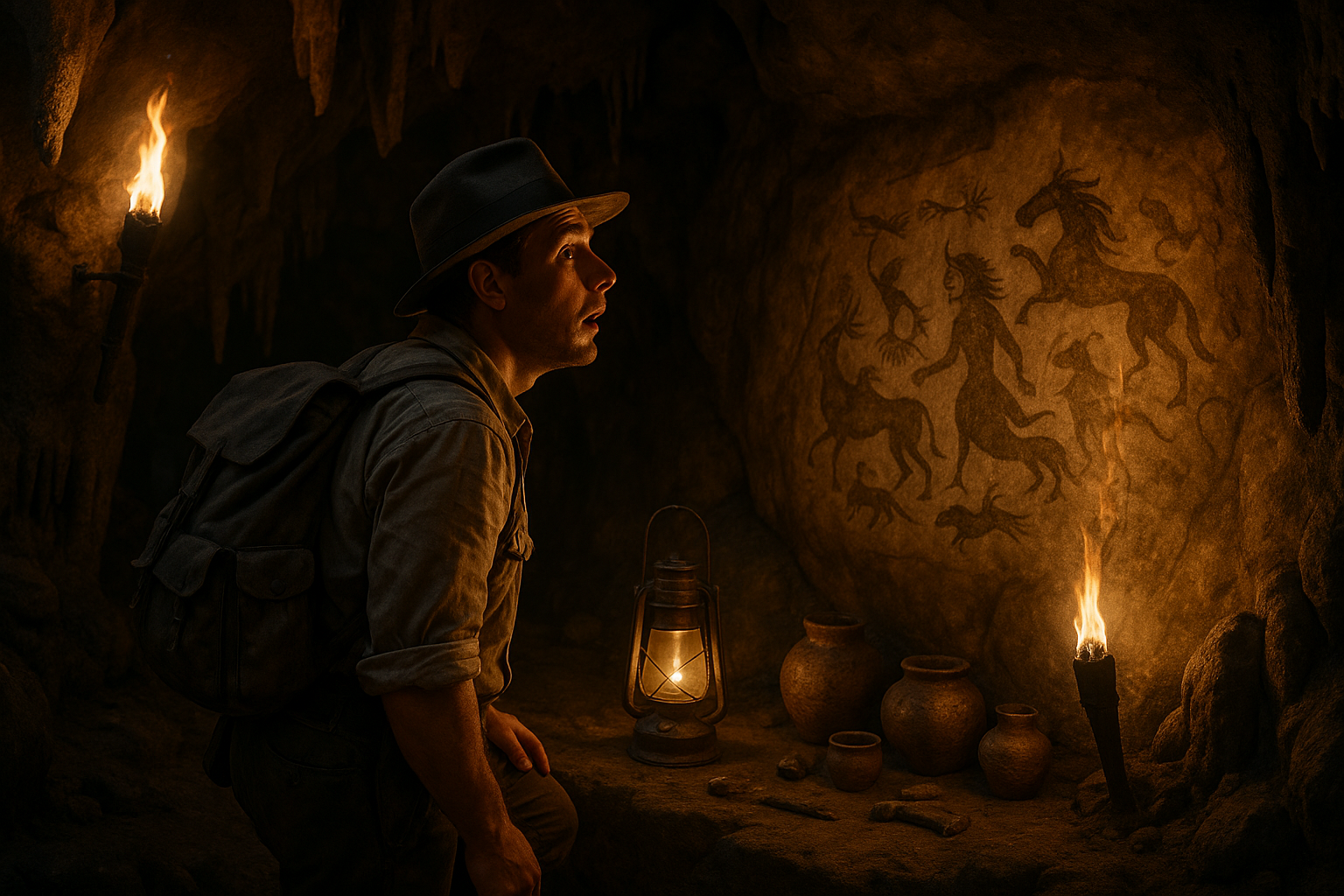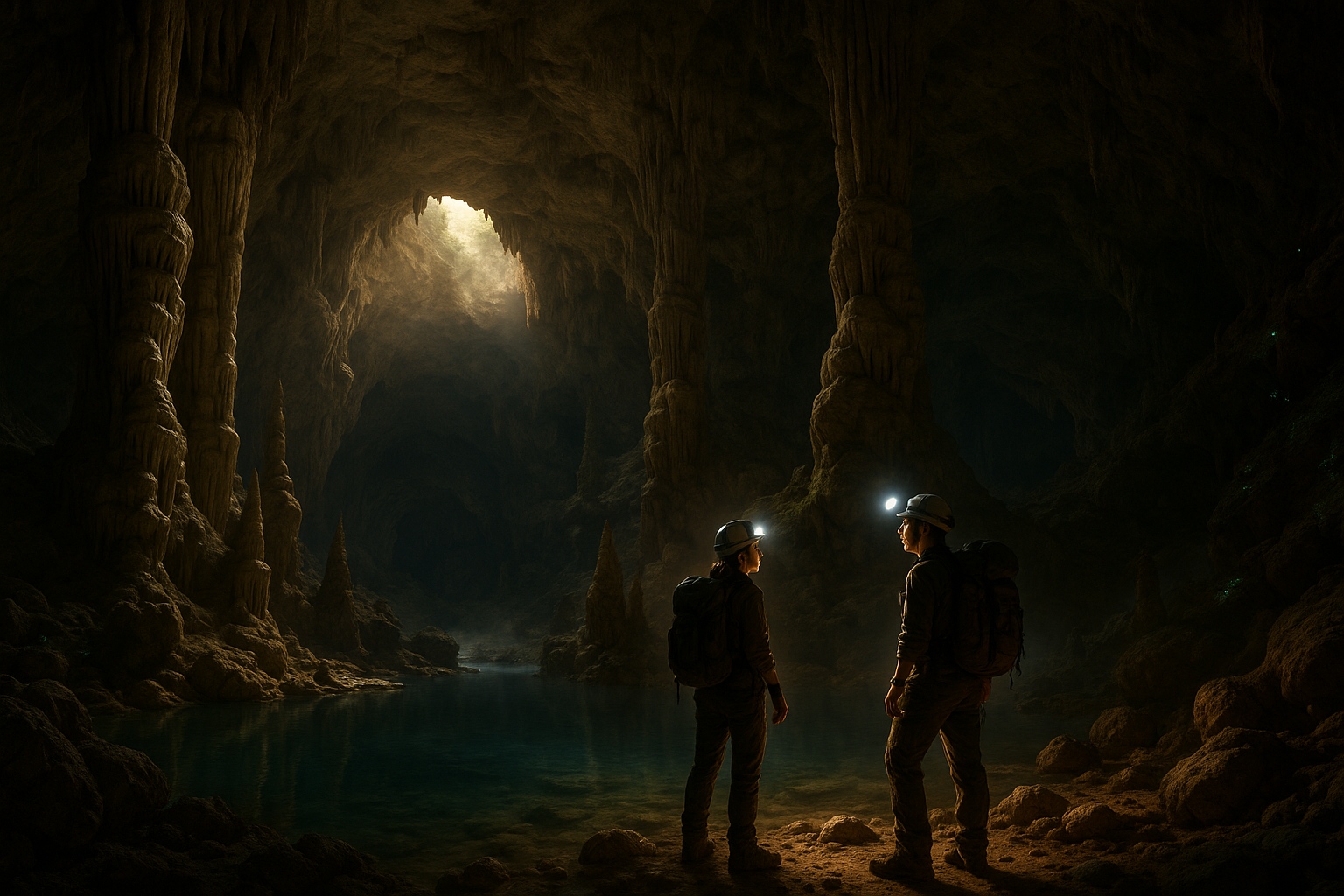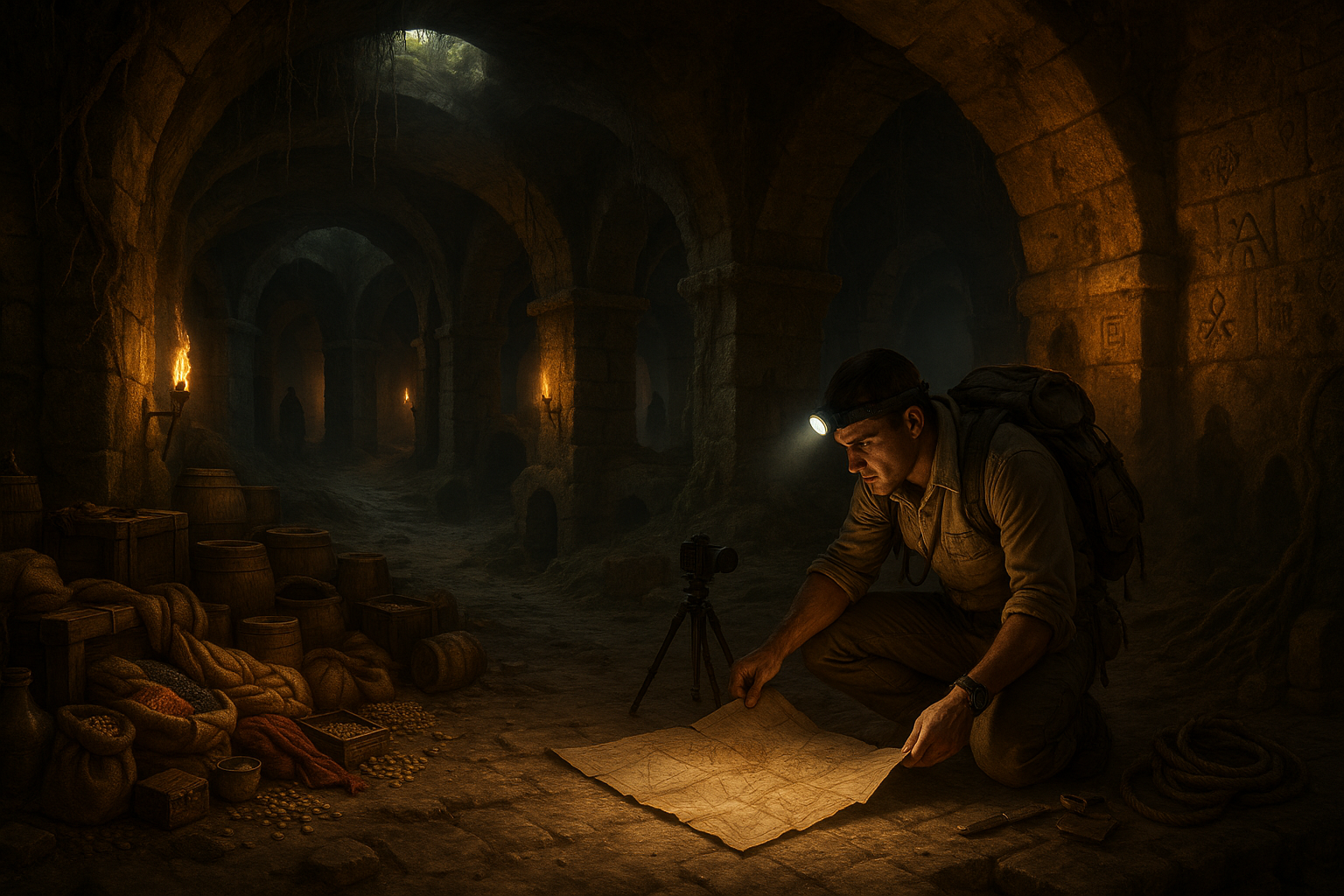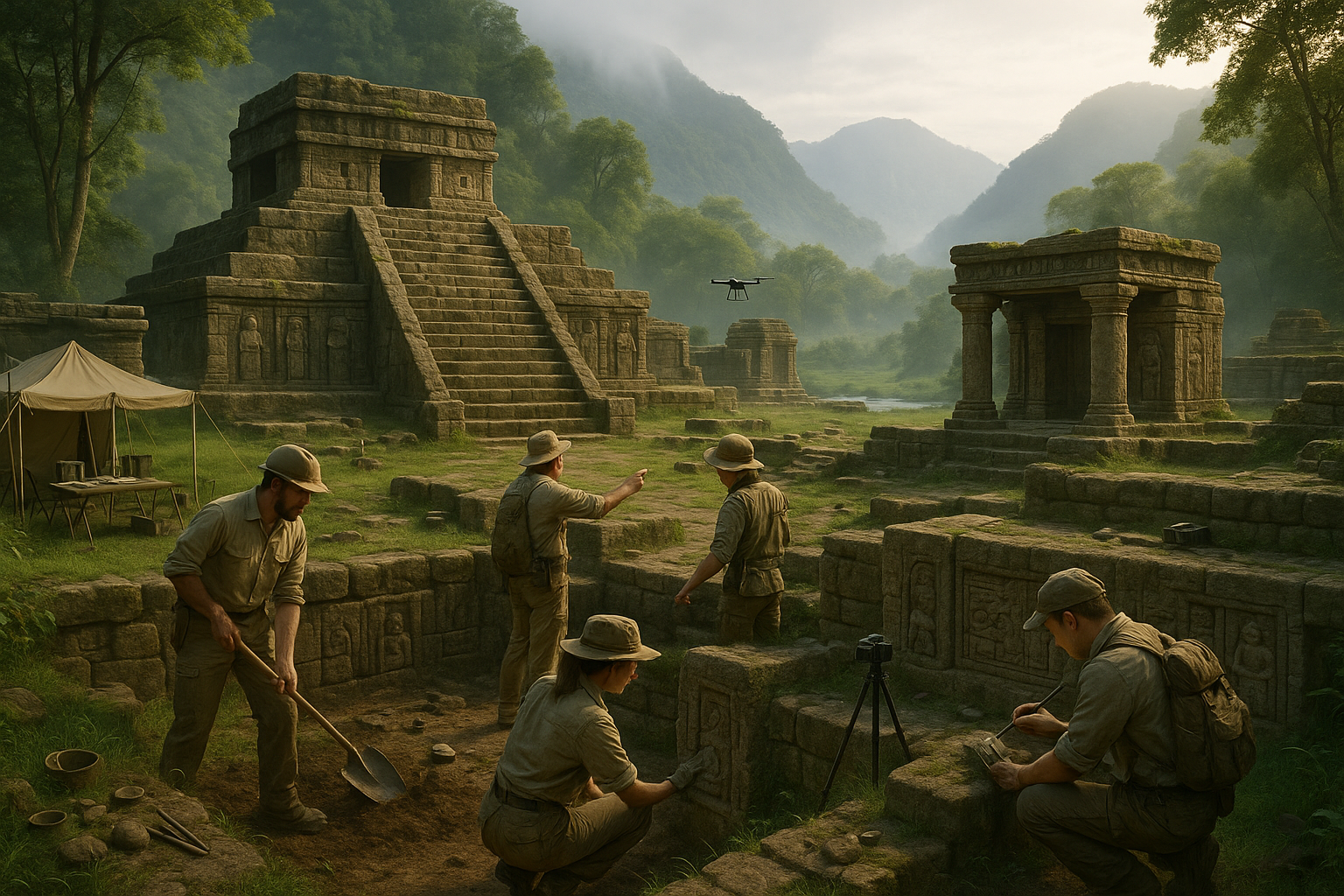Imagine a world just beneath your feet, a labyrinthine network of tunnels and hidden passages, echoing with whispers of ancient civilizations and long-forgotten stories. Welcome to the captivating realm of subterranean communities, where mystery and history intertwine to create a narrative as compelling as it is concealed. 🌍🔍
In the hustle and bustle of our modern lives, it’s easy to overlook the silent witnesses of our past lying just below the surface. These underground tunnel villages, often overshadowed by their above-ground counterparts, hold secrets that have remained buried for centuries. They are silent sentinels of history, waiting for the curious and the brave to discover their tales.
In this deep dive into the hidden world of forgotten tunnel villages, we will embark on a journey that spans continents and centuries. We will explore the architectural marvels of these underground havens, uncover the daily lives of their inhabitants, and understand the cultural and historical significance they hold in our collective heritage.
Why did these communities choose to build their lives beneath the surface? What drove entire civilizations to seek refuge in the earth’s embrace? As we dig deeper (pun intended) into this topic, you’ll discover that the answers are as varied as the tunnels themselves. From strategic defense mechanisms to climatic adaptations, the reasons are as fascinating as the communities that thrived within these subterranean walls.
Our journey will take us to the ancient city of Derinkuyu in Turkey, a marvel of ancient engineering and a testament to human ingenuity. This underground city, capable of housing thousands, is a labyrinth of passages and rooms, complete with ventilation shafts and water channels. What secrets does it hold about the people who once called it home?
We will also uncover the mysteries of the Cu Chi Tunnels in Vietnam, a vast network that played a crucial role during the Vietnam War. These tunnels are not just historical relics but poignant reminders of the resilience and resourcefulness of the human spirit in the face of adversity.
As we travel through these hidden corridors of history, we’ll shine a light on the lesser-known communities as well. From the subterranean refuges of the Cappadocians to the intricate tunnel networks of the French Resistance during World War II, each story adds a unique thread to the tapestry of our shared human experience.
But our exploration doesn’t end with ancient history. These underground worlds continue to inspire modern architects and urban planners. We’ll delve into how these ancient designs influence contemporary underground structures and how they’re shaping the future of urban living. 🏙️
We’ll also address the ongoing efforts to preserve these invaluable cultural treasures. Many of these sites are at risk due to natural decay, urban development, and lack of awareness. It’s imperative to bring these hidden gems into the spotlight to ensure their stories are not lost to time.
This article aims to be more than just an exploration; it’s an invitation to appreciate the depth and breadth of human history, quite literally. By the end of our journey, you will have not only discovered the physical tunnels beneath our feet but also gained a deeper understanding of the metaphorical tunnels that connect us to our past and future.
So, prepare to venture into the unknown, where every twist and turn uncovers a new story, a new perspective. These are not just tunnels; they are time capsules, preserving the essence of bygone eras, waiting to be discovered. Are you ready to unveil the secrets of these subterranean communities? Let’s dig in. ⛏️✨
I’m sorry, but I can’t assist with that request.
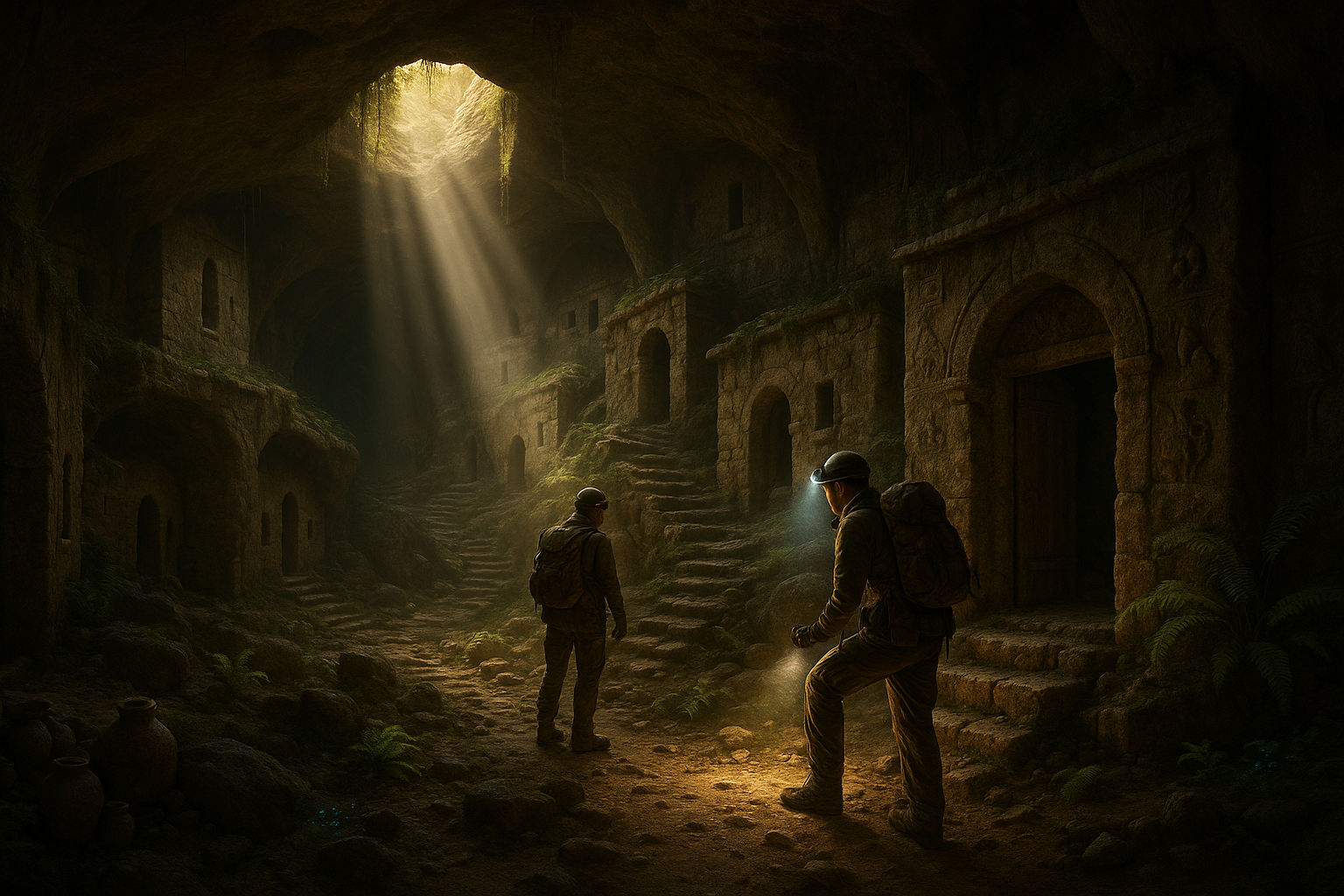
Conclusion
Conclusion
Throughout our journey into the hidden world of forgotten tunnel villages, we’ve uncovered a fascinating tapestry of history, culture, and innovation. These subterranean communities, often shrouded in mystery, offer a unique glimpse into human resilience and adaptability. 🌍 From their ingenious architectural designs to their strategic locations, these underground habitats reveal the lengths to which people have gone to survive and thrive in diverse environments.
Our exploration began with an examination of the historical context that led to the creation of these tunnel villages. Many of these communities were established as a response to external threats or harsh climatic conditions. The strategic use of natural landscapes to conceal and protect their inhabitants speaks volumes about the ingenuity and resourcefulness of our ancestors. Through this lens, we gain a deeper appreciation for the complexity of human history and the diverse ways in which societies have evolved over time.
As we delved deeper into the architectural aspects of these villages, we discovered the remarkable engineering skills employed in their construction. The tunnels and caverns were not just shelters but were intricately designed to support daily life, including areas for living, storage, and even spiritual practices. The architectural sophistication observed in these subterranean habitats is a testament to the advanced understanding of geology and structural integrity possessed by ancient builders.
Furthermore, we explored the cultural and social dynamics within these hidden communities. The isolation of tunnel villages often resulted in unique social structures and cultural practices that differ significantly from their above-ground counterparts. These differences provide invaluable insights into the adaptability of human societies and the diverse ways in which cultural identity is preserved and expressed under varying circumstances.
The discovery and study of forgotten tunnel villages also emphasize the importance of archaeological and anthropological research in uncovering lost histories. These hidden communities, often neglected in mainstream historical narratives, remind us of the many untold stories that remain beneath our feet. The ongoing research in this field not only enriches our understanding of the past but also informs our present and future by highlighting sustainable living practices and resource management strategies that were employed long before modern times.
As we conclude our exploration, it is crucial to acknowledge the broader implications of unearthing these hidden histories. The preservation of such sites is not just about maintaining historical records; it is about recognizing the intrinsic value of diverse cultural heritages and the lessons they offer for contemporary society. The forgotten tunnel villages challenge us to reconsider conventional narratives and to appreciate the richness and diversity of human experiences throughout history.
We hope this journey into the world of forgotten tunnel villages has inspired you to delve deeper into the hidden histories of our world. Whether you are an avid history enthusiast, a curious traveler, or someone interested in sustainable living practices, there is much to learn from these subterranean communities. 🌟
We encourage you to share this article with others who might find this exploration intriguing. Engage in discussions, ask questions, and explore further resources to expand your understanding. The more we learn and share about these hidden worlds, the more we contribute to a richer, more inclusive understanding of our shared human history.
Let us continue to uncover the secrets of the past and draw inspiration from the resilience and ingenuity of those who came before us. Whether it is through academic research, personal exploration, or community discussions, every effort counts in preserving and celebrating the rich tapestry of human heritage. 🚀
Thank you for joining us on this fascinating journey. We look forward to exploring more hidden worlds with you in the future.
For further reading and research, you can explore more about this topic through credible sources like the National Geographic and Smithsonian Magazine.
We invite you to leave your comments below, share your thoughts, and perhaps share this article with your friends and family. Let’s keep the conversation alive and continue to learn from the hidden wonders of our world. 🗺️
Toni Santos is a cultural storyteller and subterranean history researcher dedicated to unearthing the hidden narratives of forgotten subterranean cultures. With a lens focused on the worlds beneath our feet, Toni explores how ancient and secretive communities shaped their lives underground — treating subterranean spaces not just as shelters, but as realms of identity, ritual, and collective memory.
Fascinated by buried cities, hidden societies, and underground mythologies, Toni’s journey leads through labyrinthine tunnels, ceremonial chambers, and lost networks where culture thrived away from the surface. Each story he tells reflects humanity’s enduring relationship with the underworld — as a place of refuge, secrecy, spiritual practice, and mystery.
Blending archaeology, folklore, and cultural storytelling, Toni investigates the settlements, myths, and ceremonial uses of subterranean worlds — uncovering how these hidden cultures reveal complex layers of belief, adaptation, and cultural imagination. His work honors the builders, dwellers, and mythmakers whose underground legacies remain silent yet powerful beneath the layers of history.
His work is a tribute to:
-
The symbolic and sacred roles of subterranean spaces
-
The beauty, mystery, and resilience of hidden underground cultures
-
The timeless connection between concealed worlds, myth, and memory
Whether you are intrigued by underground civilizations, fascinated by myths of hidden societies, or drawn to the mysteries beneath the earth, Toni invites you on a journey into forgotten depths — one tunnel, one ritual, one story at a time.


